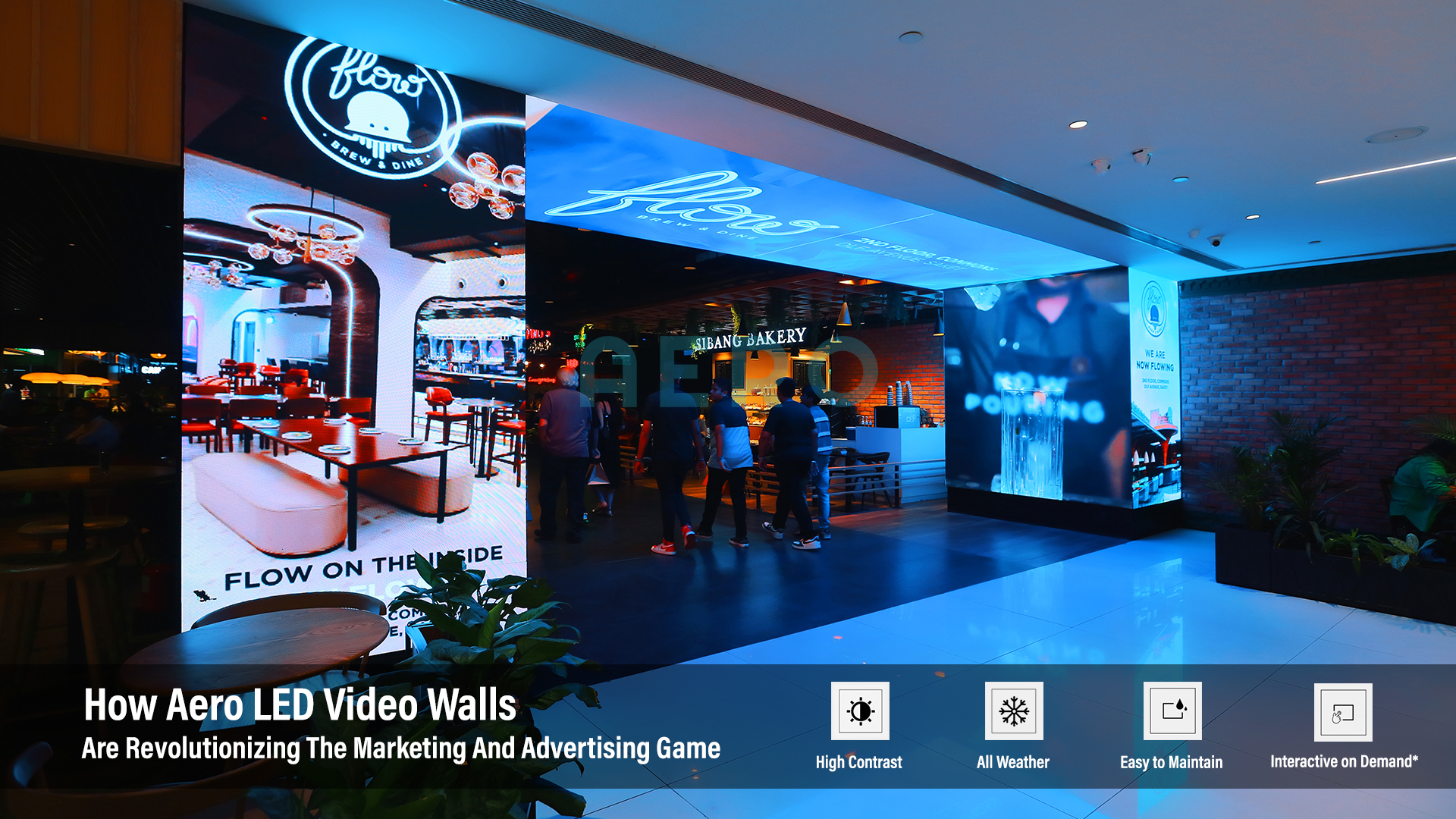The first step in ensuring color accuracy is understanding how LED technology works. LEDs, or light-producing diodes, generate light in various colors by combining red, green, and blue (RGB) light. Each pixel on an LED wall consists of these three colors. When calibrated properly, the mix of RGB can produce a wide range of colors. However, if one color is too bright or too dim, it can throw off the entire screen. This is why tuning is needed to equalize the colors and achieve the desired visual result.
Tuning entails modifying the settings of the LED wall to make sure that the hues displayed match the initial content as nearby as feasible. This procedure typically includes using specific software and hardware tools. Technicians frequently use color assessment devices, such as color meters, to examine the hues being shown. By comparing the measured hues to standard color values, they can make exact adjustments. This ensures that the colors are not only lively but also consistent across the entire see post display.
Another important factor of color accuracy is comprehending the surroundings in which the LED screen is employed. Factors such as surrounding light can significantly affect how colors appear. For example, a brightly illuminated room may wash out colors, making them look not as vibrant. To mitigate this, technicians may modify the brightness and differentiation configurations of the LED screen. Additionally, they may choose particular color settings that are better appropriate for different lighting environments. This flexibility helps preserve color precision irrespective of the observing environment.

Finally, regular maintenance and re-tuning are crucial for maintaining an LED screen looking its best. Over time, the performance of LEDs can alter due to elements like aging and temperature fluctuations. Frequent checks and adjustments can help guarantee that the hues remain correct and lively. By investing time in proper tuning and maintenance, venues can offer viewers with stunning visual presentations that improve their overall impression. Perfecting color accuracy in LED screen calibration is not just a technical job; it is an art that contributes to the wonder of visual storytelling.